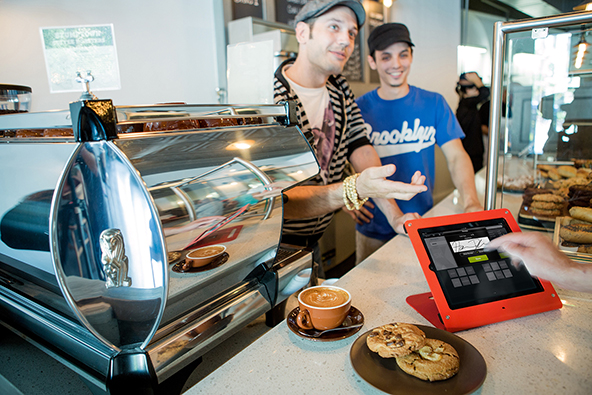Limits on Merchant Account Credit Card Processing Volumes

Often, when we receive a merchant account application, the applicant leaves the field for the “annual credit card volume” and “average credit card ticket” blank. Typically, the omission is made by an applicant with no previous processing history, but it is not rare that an experienced merchant fails to provide its processing volumes or average ticket. But why is this field included in the application in the first place and what should you answer if your business is new and you have no idea how much revenue it will bring in the first week, never mind the first year?
In order to answer this question, we will first have to look at the application process through the eyes of the underwriter, i.e. the processing bank. From your processor’s perspective, you are applying for a line of credit. This is often difficult for merchants to understand, because, from their stand point, a merchant account has nothing to do with extending any credit. Well, this is not exactly so, even though it is true that typically the processing bank gets paid before it pays the merchant (after subtracting its processing fee from the transaction amount). The problem processors are faced with is that fraudulent and other invalid transactions can be charged back, i.e. reversed, up to 180 days after the transaction date. If it is still operating, the merchant will bear the liability for these transactions. However, if the merchant has closed down shop or if its merchant account has been terminated (which can happen for any number of reasons), the processor will bear the liabilities.
One of the processor’s major objectives when evaluating a merchant account application is to estimate its own potential liability and to do that, a key piece of data each credit manager relies on is the merchant’s expected annual credit card volume. After all, the processor’s liability cannot exceed the total amount processed by the merchant.
It should be emphasized here that, provided you keep your merchant account in good standing, you will be allowed to accept credit card payments, even if you exceed your stated annual processing volume. Issues are certain to arise, however, if your track record is less than perfect, in which case your account may be frozen.
Moreover, all underwriters set an annual volume threshold, which varies by processor, but is typically around $450,000. All applications that list processing volumes above the threshold are automatically subjected to a more rigorous examination and applicants may be required to provide additional supporting documentation.
Of course, there are other risk factors that come into play and they are taken into account as well. For example, some industries are typically prone to higher levels of chargebacks. Prime examples are adult-oriented websites, third party collection agencies, used car dealerships, etc.
Certain factors, however, go across industry lines and the average sale’s amount is among the more important ones. The reason is that the bigger the average sale’s ticket, the bigger the potential chargeback or fraud liability. Even if sales take place in a face-to-face environment and the potential for fraud is minimal, consumers are much more likely to have a change of heart and dispute a $1,500 purchase than a $10 one.
Now that you understand what your prospective processor’s priorities are when evaluating a merchant account application, what should you enter in those two fields? First and foremost, you should try to be as accurate as possible. If you have been in business for some time and are looking to switch processors, this should not be an issue. For new merchants, unless you are absolutely certain that your sales will exceed the annual volume threshold mentioned above, provide a figure that is below $450,000. As the year progresses, you can request an update, if necessary.
Regarding your average credit card ticket, you should provide a figure at the higher end of the expected range. For example, if your sales will range from $50 to $500, enter $450. Your processor will not mind seeing sales in lower amounts than the stated one, but higher-amount sales will be raising red flags, especially if processed on a consistent basis. The reason again has to do with fraud and liability. A fraudulent transaction is much more likely to be for a large amount than a small one.
With all that in mind, you know your business better than anyone and should be able to provide a fairly good estimate of your expected sales amounts. When in doubt, it is better to state a figure closer to the higher end of your estimates than to the lower one.
Image credit: Todoventa.com.


